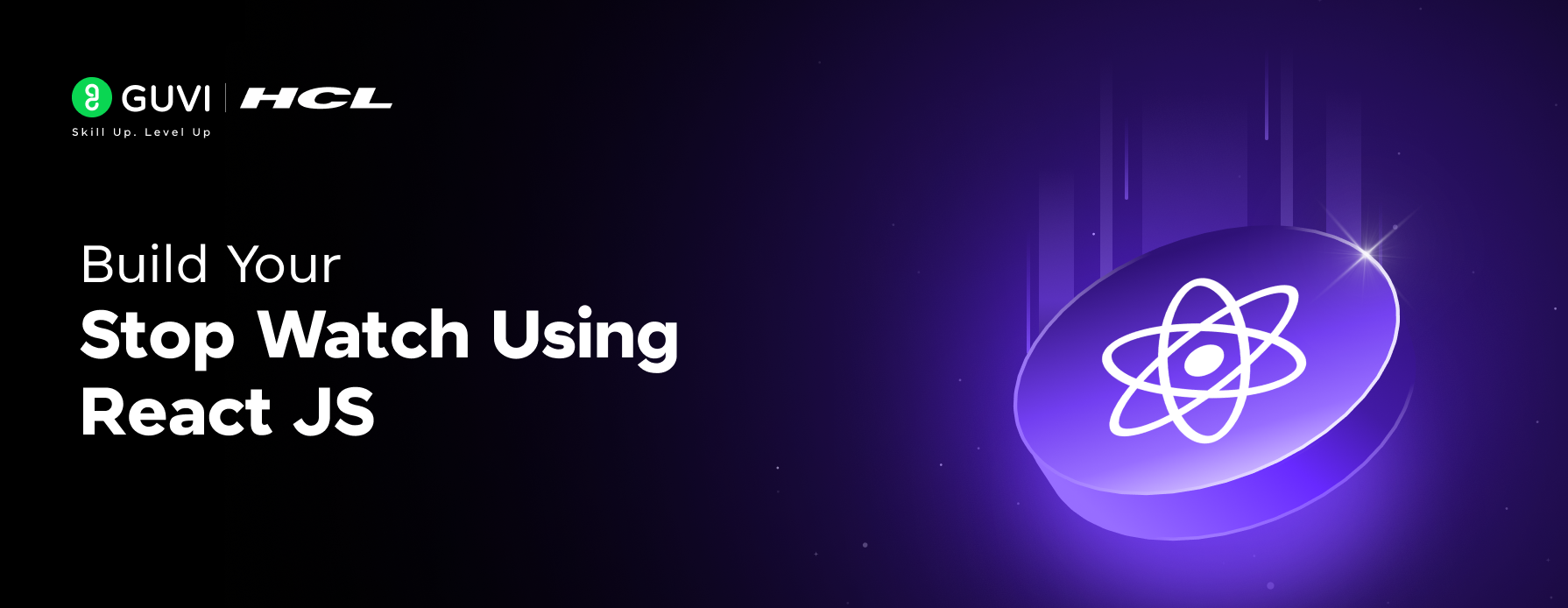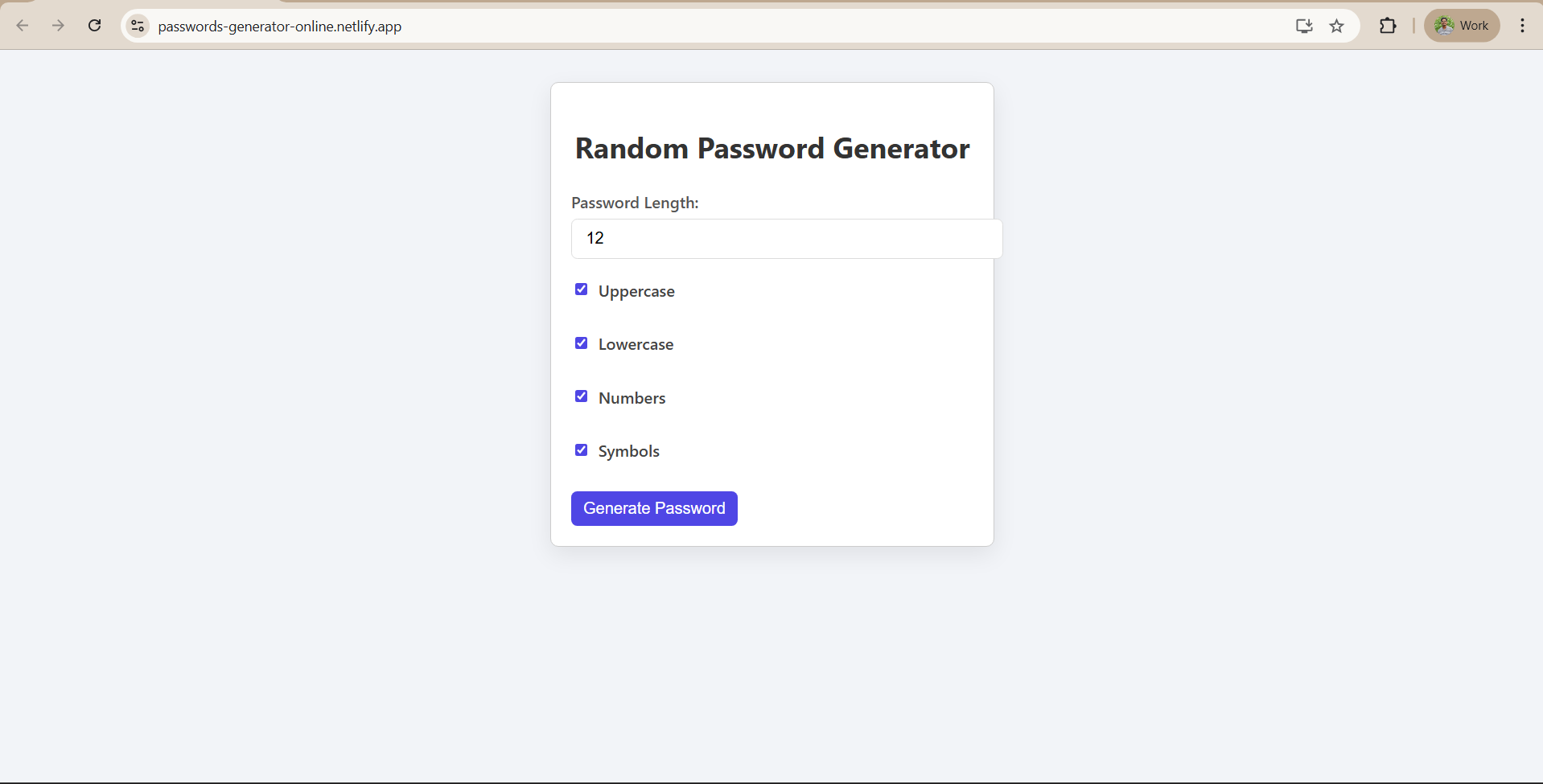Conclusion of the Project
Conclusion
You’ve officially built and deployed your very own React To-Do List App — a fully interactive task manager that users can use to add, edit, complete, and delete their daily goals.
This module wraps up everything you’ve learned, includes a few quick quiz questions to test your understanding, provides the live demo, and shares resources for your continued React learning journey.
Learning Outcomes
By completing this hands-on project, you’ve gained practical experience with the core building blocks of React development. Here's what you’ve learned:
Set up the React development environment
- Installed Node.js and npm
- Initialized your app using Create React App
- Structured your project directory
Built a functional UI using React
- Used JSX to write HTML-like syntax within JavaScript
- Designed a clean, modern interface using CSS
Managed dynamic data with React hooks
- Implemented the useState() hook to store and update to-do items
- Handled input, checkbox toggling, editing, and deleting through state
Handled user interactions
- Captured text input from the user
- Handled click events for adding/editing/removing tasks
- Updated the visual appearance (strikethrough, color change) based on task completion
Deployed your React app
- Used Netlify to host your site for free
- Generated a live URL that anyone can visit
All of this was done without using any backend or database, showing how powerful React can be for front-end only apps.
Live Link & Output Screenshot
Live Demo: Todo List App Netlify
Below is a screenshot of the live app’s output. What You See on the Page:
- A text box to type your task
- A button to add the task
- A dynamic task list where each task has:
- A checkbox to mark as complete
- An edit button (✏️)
- A delete button (🗑️)
MCQs (Quick Check)
Let’s quickly test what you’ve understood with some simple MCQs. Answers are at the end.
1. Which React Hook is used to create and update component state?
a. useEffect
b. useState
c. useProps
d. useReducer
2. What does the virtual DOM do in React?
a. Replaces the real DOM entirely
b. Forces full page reload
c. Updates only changed parts of the UI efficiently
d. Fetches backend data
3. What happens when the Add button is clicked with empty input?
a. It crashes the app
b. It adds an empty task
c. It alerts the user
d. It does nothing
4. What method is used to remove a to-do item from the array?
a. push()
b. pop()
c. splice()
d. add()
5. Where is task data stored in this app?
a. Backend server
b. Netlify database
c. Browser local storage
d. React component state
MCQ Answer Key
Question No. | Correct Answer | Explanation |
| 1 | b. useState | useState is the built-in React Hook used for managing component-level state. |
| 2 | c. Updates only changed parts of the UI efficiently | React uses the virtual DOM for optimal re-rendering. |
| 3 | d. It does nothing | The addTodo function checks if the input is empty before updating the list. |
| 4 | c. splice() | splice() is used to remove an item from the to-do list array by index. |
| 5 | d. React component state | All tasks are stored in the todos array using useState. |
Resources
Ready to take your React skills even further? Here are some curated resources to help you continue building amazing apps:
1) GUVI’s ReactJS Self-Paced Course
Want to master React from the ground up and build more portfolio projects? Check out GUVI’s ReactJS Course where you will:
- Learn components, routing, forms, hooks, and more
- Build real-world apps with guided mentorship
2) Full Stack Development Path
Want to build full apps — including frontend, backend, and database? Then check out GUVI’s IIM-M Pravartak Certified Full Stack Development Course that covers:
- React (Frontend)
- Node.js & Express (Backend)
- MongoDB (Database)
- Version Control, Deployment & More
Perfect for beginners ready to launch a full-fledged web development career.
Final Note…
By completing this app, you’ve done more than just code — you’ve:
- Understood how real apps are structured
- Solved UI problems logically
- Written clean, functional React code
- Published your work for the world to see 💪
And remember — this is just the start! From here, you can:
- Add persistence (e.g., using localStorage)
- Add animations (e.g., with Framer Motion)
- Add categories, due dates, or drag-and-drop
Happy coding, and kudos again on launching your React To-Do List App with me!
















